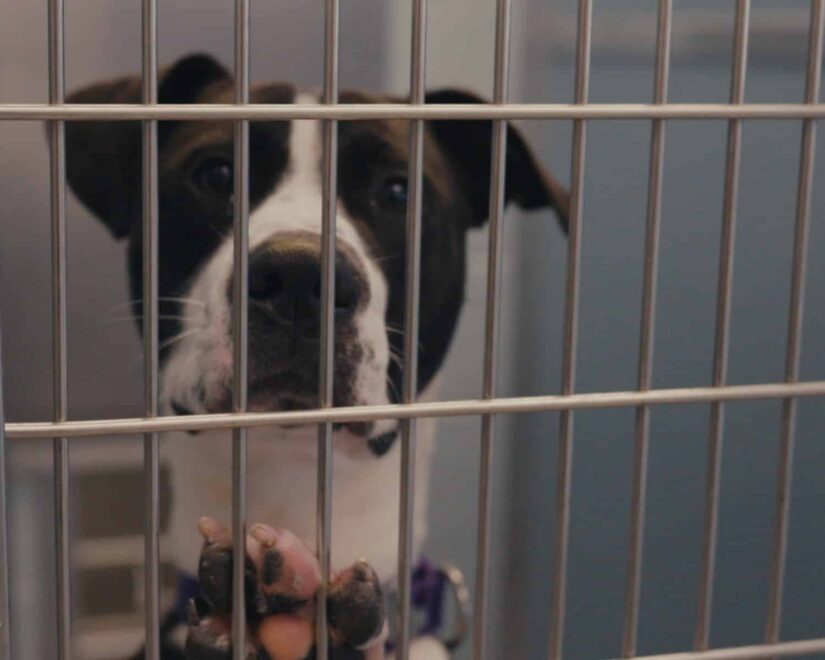The Role of Animal Shelters and Rescues
Animal shelters and rescues play a crucial role in our society, providing a safe haven for various animals, including dogs, cats, horses, pigs, chickens, and more. Funded by state or local tax dollars, shelters serve as the initial refuge for stray dogs and pets surrendered by their owners. Working closely with animal control, city, and county shelters also provide care for dogs rescued from abusive situations, unwanted litters, and other lost animals. Due to the diverse conditions and unknown medical histories of incoming animals, overcrowding and limited resources may sometimes lead to the difficult decision of euthanasia. However, the primary goal is to avoid this fate by facilitating animal transfers to rescue groups, promoting adoptions, and reuniting animals with their families whenever possible.
Challenges Facing Animal Shelters and Rescues
Rescues operate thanks to private donations, volunteers, and community support. Some have well-equipped facilities and ample staff to handle intake, evaluation, transport, veterinary care, and other animal needs. Meanwhile, smaller or breed-specific rescue groups rely on volunteer foster parents to provide temporary shelter and introduce pets to potential adoptive families. These rescue organizations often offer comprehensive medical care, which can be costly for each animal. To ensure the best care, reputable groups provide new intakes with health and behavioral assessments and vaccinations for rabies, distemper, parvovirus, and kennel cough. Additionally, animals undergo fecal and blood testing to detect internal parasites and receive treatment if necessary. The rescues prioritize spaying or neutering to help control future pet overpopulation issues and address any other medical and behavioral needs before facilitating adoption.
Pet Adoption Process
When considering pet adoption, research the rescue organization’s local reputation and rating on charitynavigator.org. This site assesses non-profit organizations based on accountability, finance, culture, leadership, and results. Reputable groups prioritize using most of their donations to impact pets in need directly. The adoption process may vary between rescue groups, often involving extensive interviews, “meet-and-greets” with existing family members and pets, reference checks, and a home visit to ensure a safe and suitable environment. Embrace the process! These thorough adoption procedures ensure the perfect match between owner and pet, leading to forever homes.

Shelter and Rescue Data
Obtaining accurate records on rescue populations can be challenging since not all entities track all information, and reporting requirements vary among organizations. Rural and underserved communities often underreport statistics on pet populations, and underfunded shelters and rescue groups may lack the necessary technology or means to report data. The Humane Society of the United States created the National Database Shelter Animals Count in 2011 in response to these discrepancies. Fortunately, data accuracy is improving with the support of surveys from the American Pet Products Association, reports from the American Veterinary Medical Association (AVMA), and collaboration with the ASPCA and Best Friends Animal Society.
Shifting Trends in Pet Ownership
Historically, shelters and rescues have seen a higher influx of animals than the number of adoptions yearly. Presently, there is a gap of about 4% between the intake and outflow of animals, resulting in 4.4 million animals entering shelters in 2022. The COVID-19 pandemic shifted this trend, with many homebound individuals seeking animal companionship to alleviate loneliness and feeling they had the time to care for a pet. The percentage of families owning pets rose from 59% in 2017-2018 to 70% in 2021-2022. However, inflation, the lack of affordable housing, and inadequate pet training have led some people to surrender the animals they acquired during the pandemic. Additionally, an increase in pet purchases from breeders has contributed to a significant rise in the number of animals languishing in shelters.
Pet Shelter and Rescue Advocacy
In better news, advocacy groups promoting pet adoption have significantly reduced the euthanization of healthy pets to historic lows. Over 4,400 brick-and-mortar shelters estimate that less than 750,000 adoptable pets are euthanized annually, a remarkable 63% decrease since 2016. It’s important to note that this figure doesn’t account for animals euthanized due to untreatable medical or behavioral conditions. Pet rescue supporters tirelessly fundraise, facilitate the transportation of adoptable animals from overcrowded shelters, and educate the public on responsible pet ownership. These advocates stress the significance of preventative care, spaying and neutering, and proper pet training. Additionally, they provide valuable guidance to pet owners regarding low or no-cost resources.
How You Can Help
Getting personally involved is the key to reducing animal shelter intakes and euthanasia. There are various ways to contribute, such as cleaning kennel cages, raising funds for constructing new facilities, fostering a pet, or screening adoptive families. With all the love animals give us unconditionally, it’s the least we can do.
View our Pet Wellness Videos for more expert pet advice.
At Pet Butler, we want you and your pet to live your best and healthiest lives, which is why we offer Pet Waste Removal and Pet Care services year-round. We offer weekly, bi-weekly, monthly, and one-time clean-up services to meet your schedule and needs.
